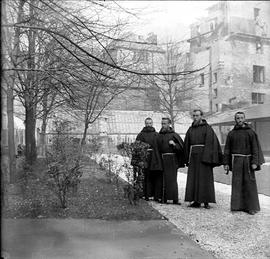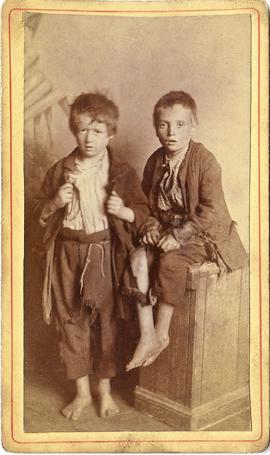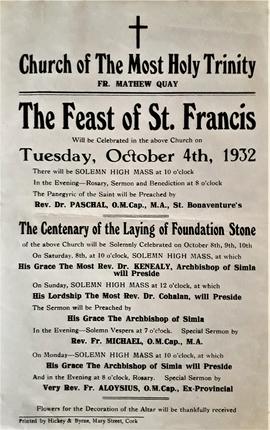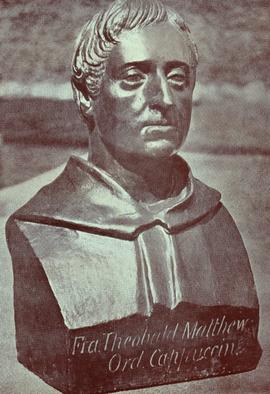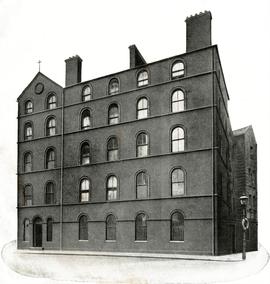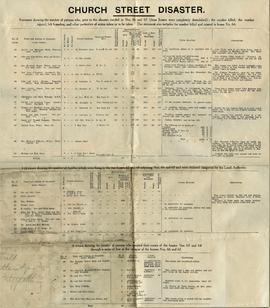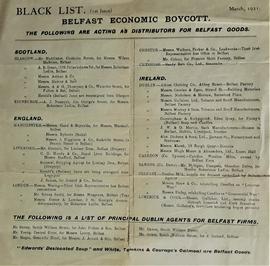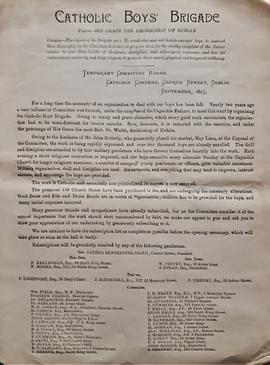Capuchin Friars, Holy Trinity Friary, Cork
- IE CA PH/1/58
- File
- c.1910
Part of Irish Capuchin Archives
Two plates showing a group of four Capuchin friars in the garden of Holy Trinity Friary, Cork. The cover indicates that the friars are (from left) Fr. Stanislaus Kavanagh OFM Cap. (1876-1965), Fr. John Butler OFM Cap. (1873-1950), Fr. Bernadine Harvey OFM Cap. (1874-1953) and Fr. Joseph Fenlon OFM Cap. (1875-1963).

